Your daily dose of Product Management Goodness
Want to know more?
We would love to hear your questions and suggestions for topics you would like to see covered in our future blog posts, so don't be shy and get in touch!

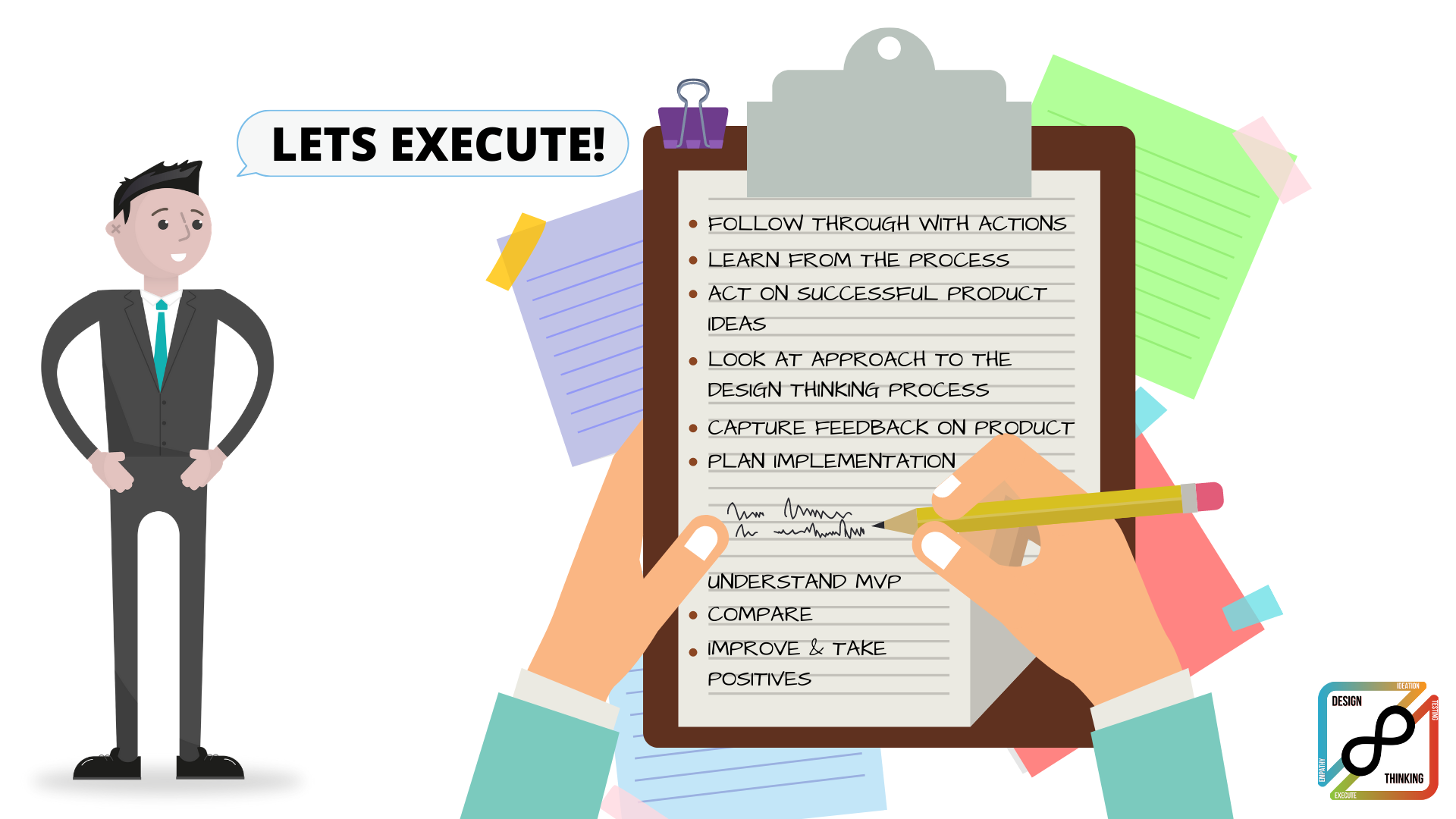
Design thinking Step 4
Design thinking step 4 Execute
There is no point to any of this if we do not follow through with our actions but also learn from the process. We need to act on our successful product ideas, as well as look at our approach to the design thinking process! At this point we need to capture feedback on our product and plan our implementation. We need to understand what our MVP is as well as where we stand with everything relating to the product. We can then compare what we had planned to where we stand currently.
We also need to look at ourselves retrospectively and try to improve, we must ask what we like, wish and wonder about the products evolution and question the decisions we made. Take positives from what went well and consider what might have happened if feature X had made the cut, for example.
read more
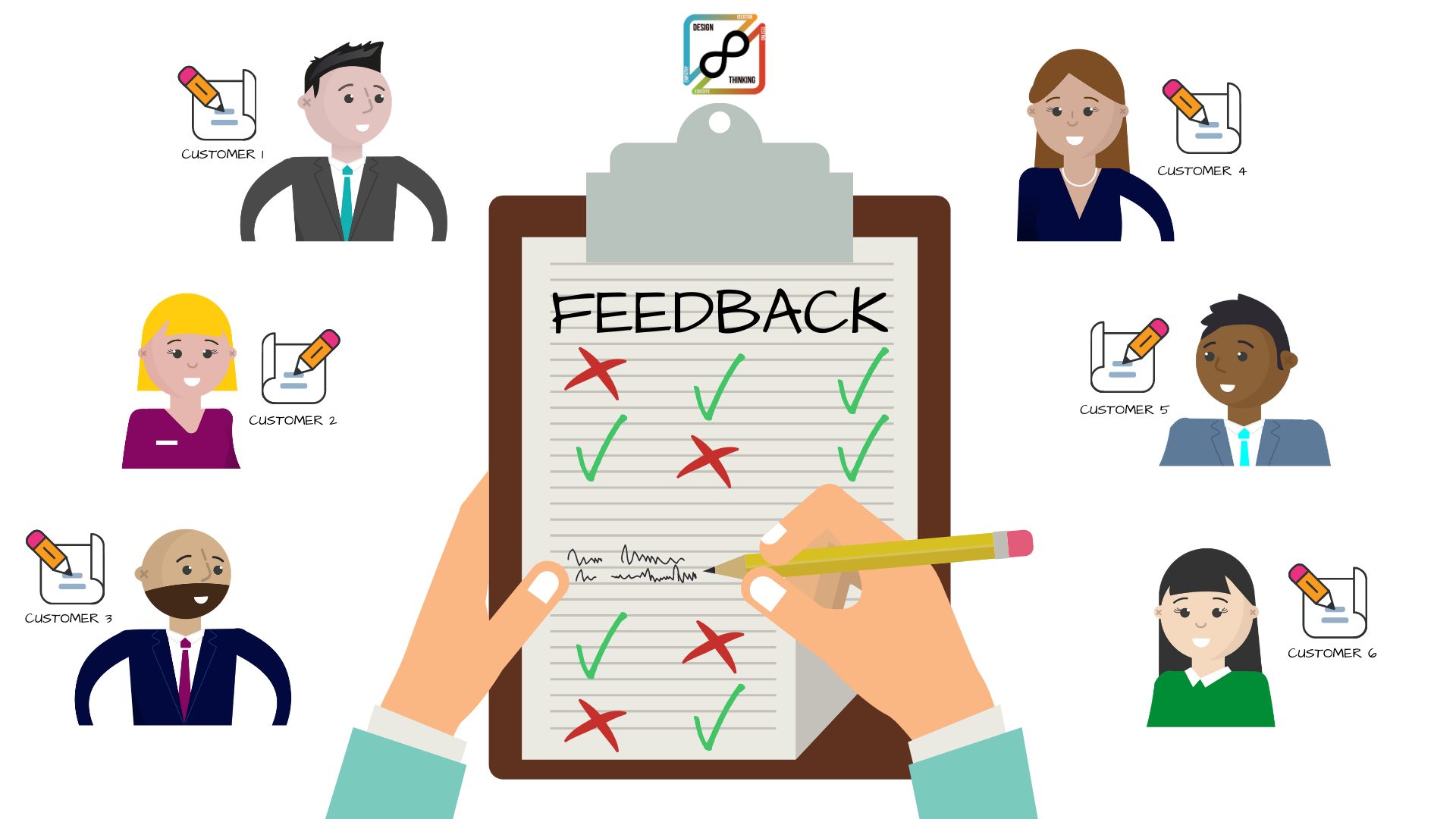
Design thinking Step 3
Test early
We build and test our successful ideas with real customers, gather their feedback and get as much detail as we can. Do not be afraid of getting to prototype quickly, the earlier we can test it with a real user the quicker we can address any key flaws. We get a sense of whether we are on the right lines with the idea or not. When we test, we need to capture a lot of feedback, are we solving the problem, and if yes? Are we solving the solution effectively and efficiently.
read more
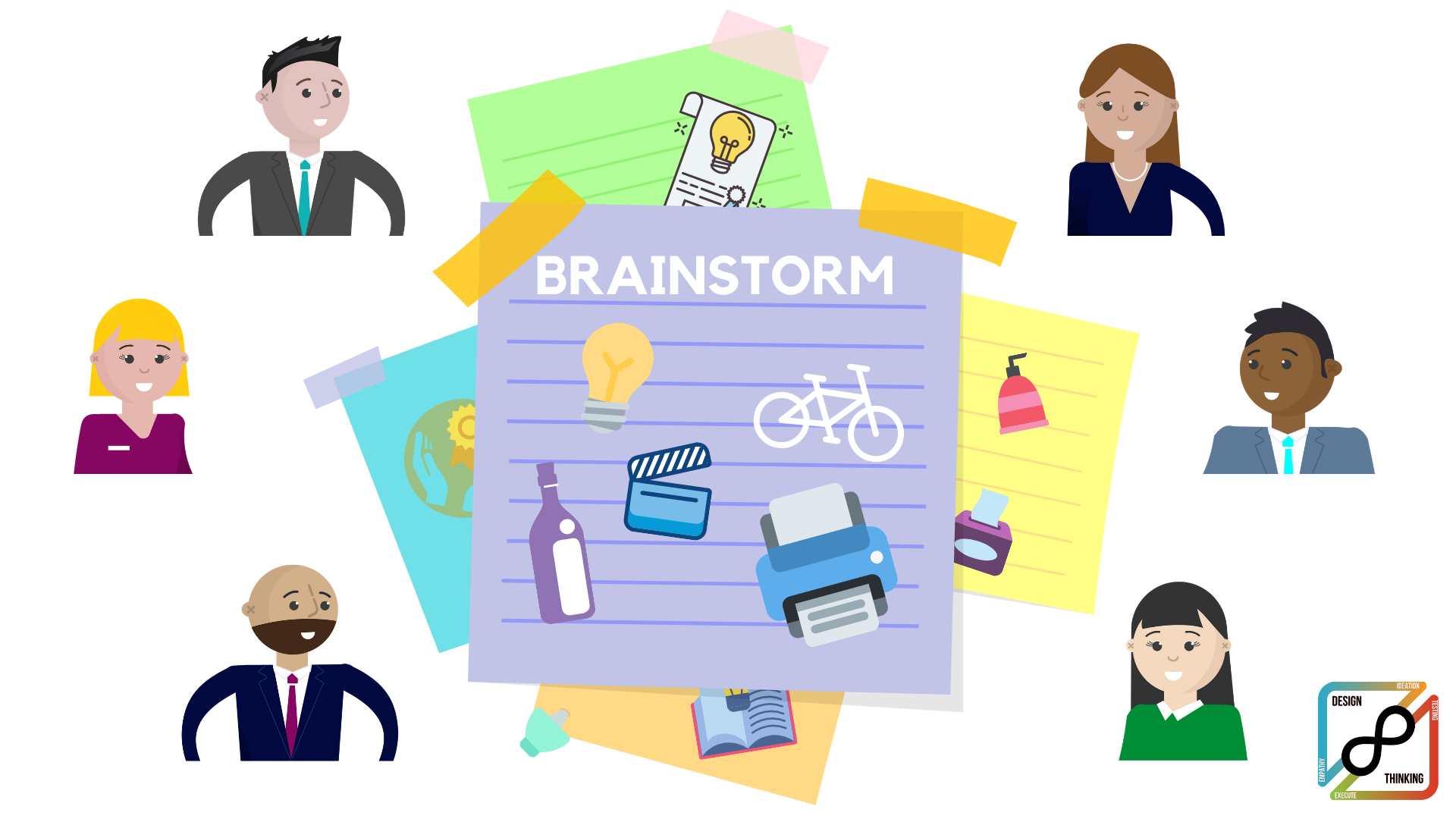
Design Thinking Step 2
Design thinking step 2 Start the brainstorm
Hopefully during step 1, we are focused on the problem and the need from the user perspective by putting ourselves in their shoes. Ideation should come once we have a clear view through the customer lens. We then need to get crazy and creative with our brainstorming. Bring your team together and sketch as many different ideas out as you can. Share the ideas and mix them and then remix them around!
read more
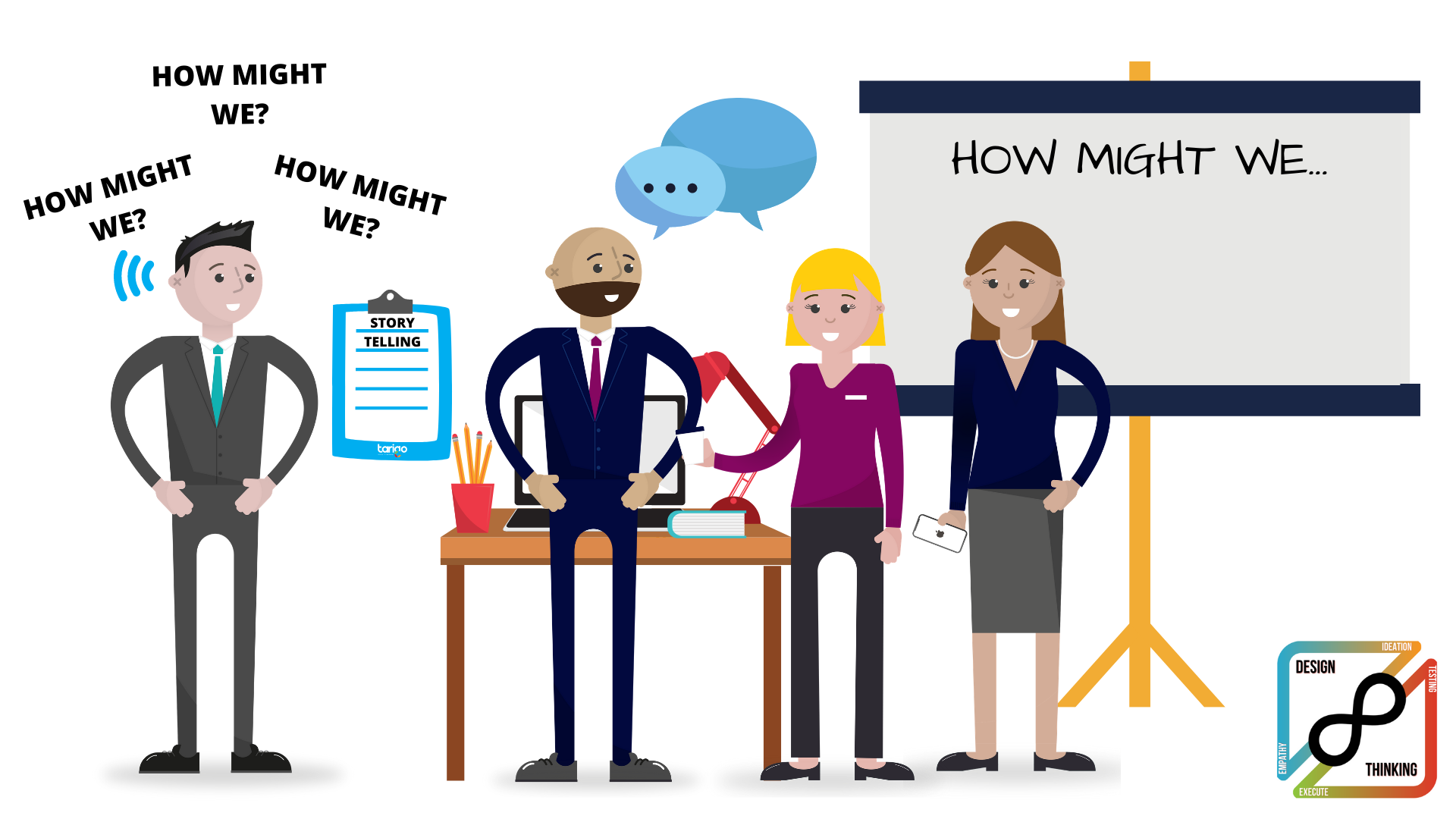
Design Thinking Step 1 Part 2
Design Thinking step 1 part 2 spend time observing
Once we understand, we move onto Observe – what is the customer journey and who are our key personas? What trends can we discover and do peers agree with their peers? This is an explorative step that allows us to see the next step and evolution of the information we have already obtained.
Then we move onto our own actions.
How might we tackle the information we’ve generated and what that means for the vision to success? The key before we start brainstorming our innovative ideas, we need to be able to create extremely compelling stories that satisfy our lead users and deliver as much value as we can.
How does this compare to PM’s more common approaches to generating new ideas? We would love to hear how similar or different this process is compared to your current practices and if you would like to hear more about design thinking get involved with us in the comments!
read more
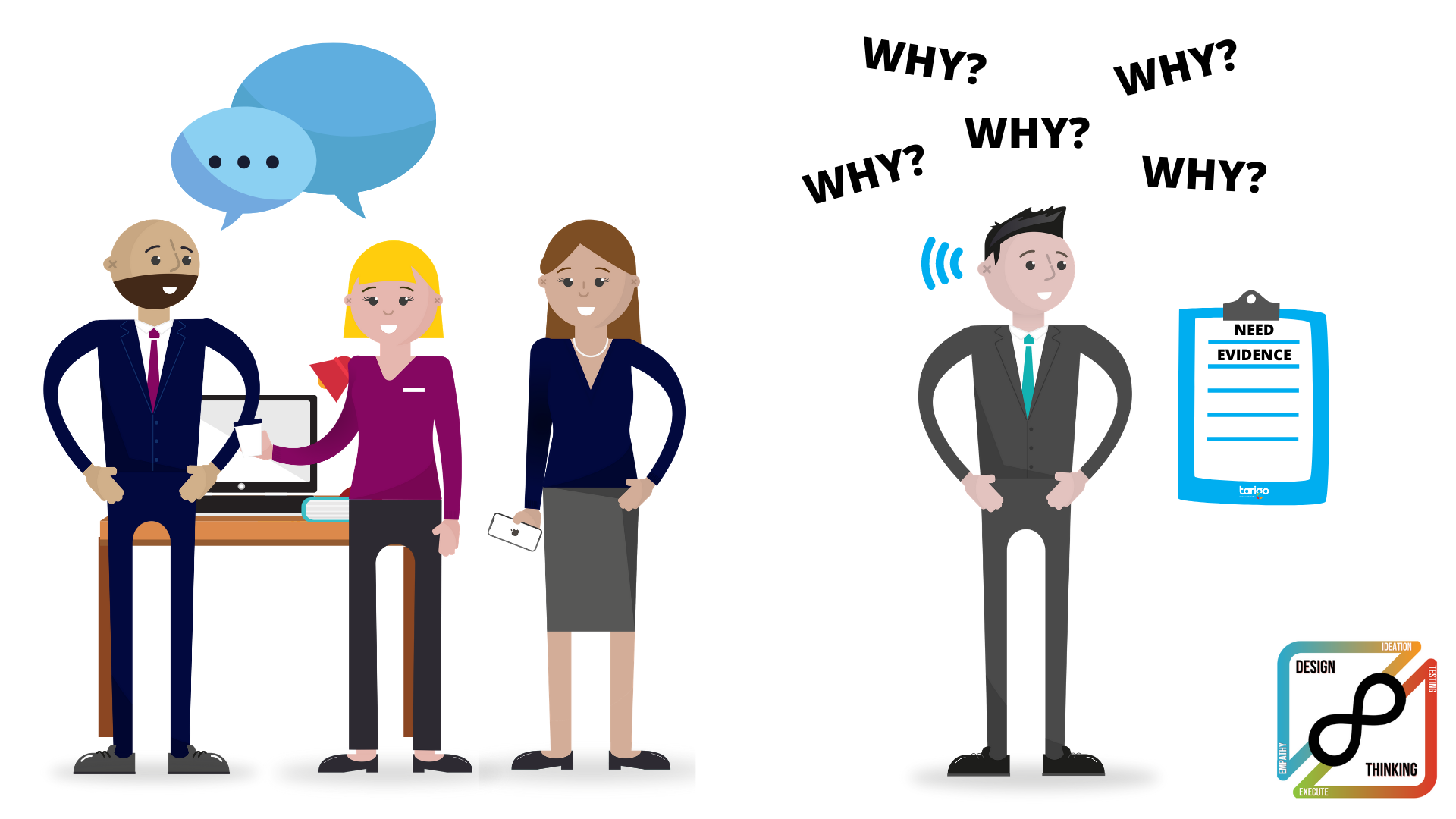
Design Thinking Step 1 Part 1
Design Thinking step 1, part 1 starts with understanding the customer
Find a customer and spend time listening to them, ask why more times than is probably comfortable. (x5). Find out their problem statement and understand their pain.
Ultimately, we are responsible for releasing a product that solves a real problem in a meaningful way. To create real value for customers we need to spend time wallowing in customer pain.
read more

Delivering Value vs Pain Points
Delivering value vs addressing pain points
Sometimes the point of difference you have over a competitor has nothing to do with the product and all to do with an adjacent pain point you can address.
Simple example, two companies supply house bricks to the construction industry. Their bricks are identical in every way. Which would the house builder choose? Conventional logic says “the cheapest” and both businesses would engage in a price war. But step away from the product and think about the bigger picture. House builders can have a real pain point around cash-flow – address that and you unlock a point of difference. Charging more per brick, but having payment terms that mean the house builder doesn’t pay until the property is sold is a potentially disruptive strategy
Even for Product Managers, it’s not always about the product.
read more
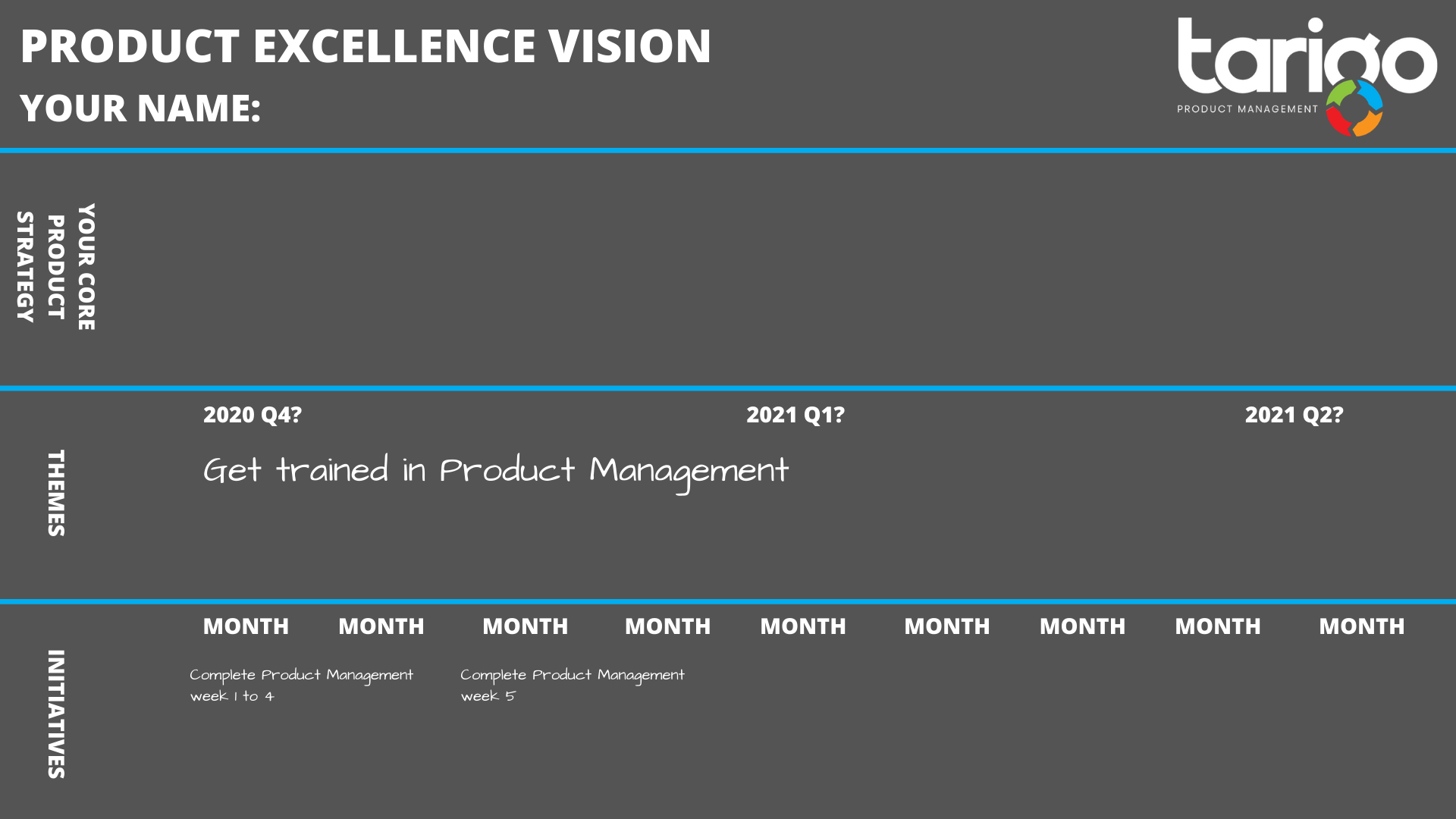
What's YOUR vision?
The Product vision describes a future state of our Product, it is a plan that shows steps to reach our goal. Many product managers have a product vision, and truly understand the value that having one brings. So how many of us have applied that same approach to our careers?
A Career vision is the same as your Product vision, it’s about what you want to achieve in your career, what you hope to attain, the position you aspire to, the developments you need to make to support your product, or your career journey. Hundreds of studies over decades have shown the effectiveness and how setting challenging, and specific goals leads to high levels of performance.
What are you waiting for!
read more

How might We?
In Design Thinking, and we used a technique called “How Might We?”
Using a How Might We question, allows us to turn challenges into opportunities for design, it sets us up for an innovative solution.
How might you, give it a go!
read more
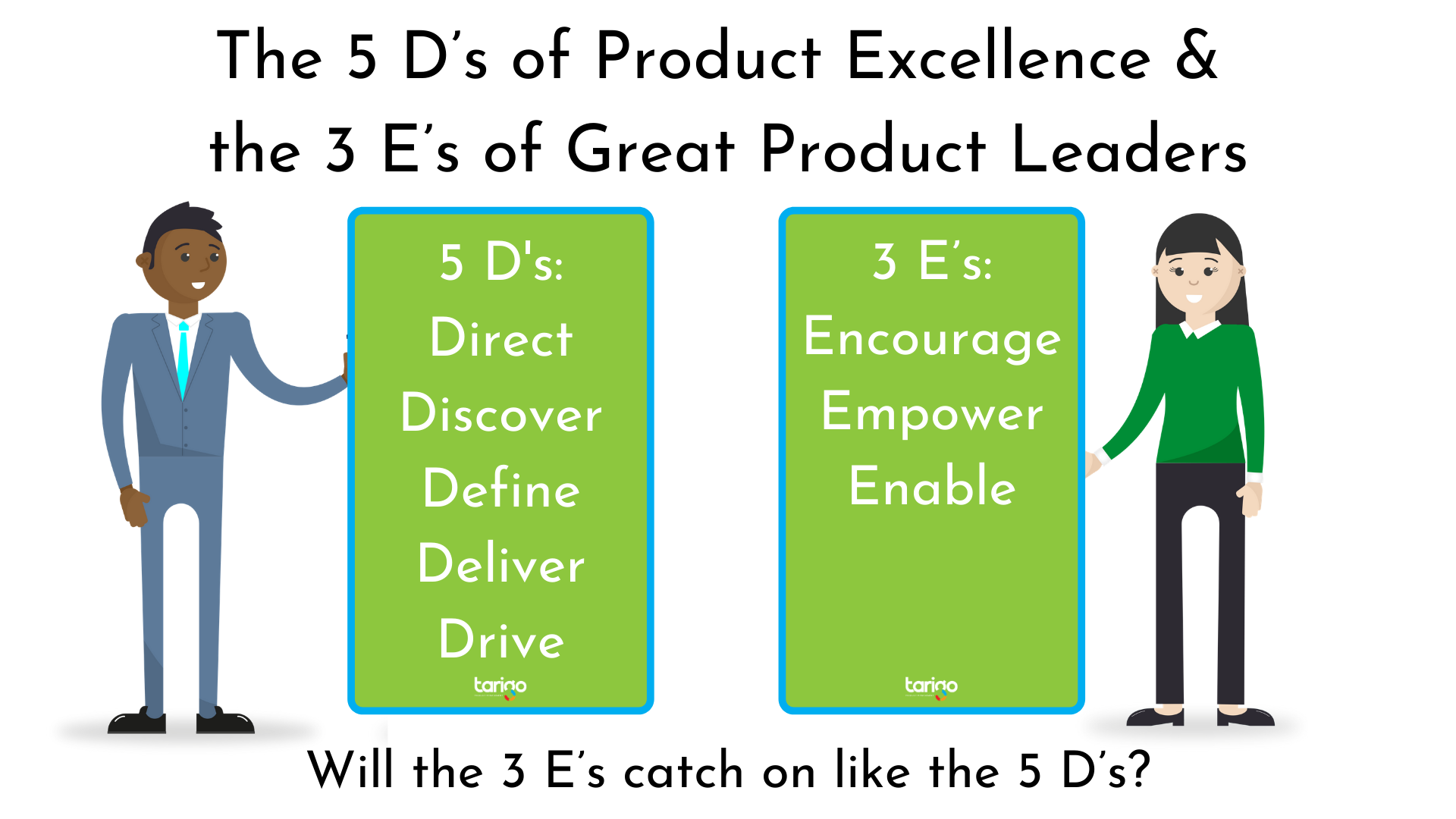
5D's & 3E's
The 5 D’s of Product Excellence and the 3 E’s of Great Product Leaders.
Successful product teams need the rails to run on, at Tarigo we use our 5 D framework of; Direct, Discover, Define, Deliver and Drive. It guides us in all that we do across the product lifecycle.
I was just talking to a team of product leaders about the difference they make as leaders. Great product leaders use the 3 E’s with their teams:
1. Encourage,
2. Empower,
3. Enable.
Will the 3 E’s catch on like the 5 D’s?
read more
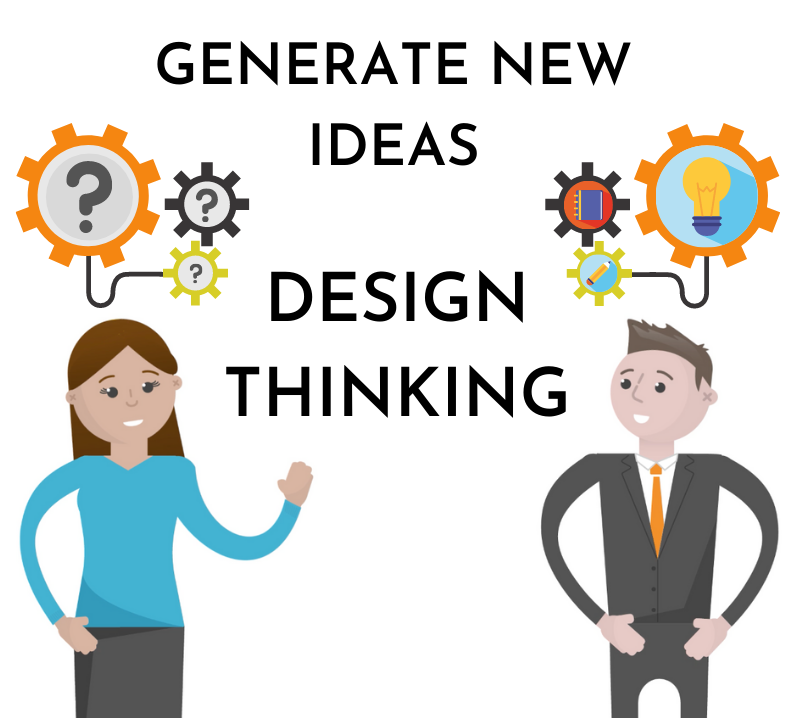
Design Thinking
What is design thinking?
Design thinking is mindset that allows us to solve problems with creativity, in a way that feels a little unorthodox – but really it allows us the freedom to come up with creative solutions that otherwise would get thrown in the bin immediately due to process, red tape and mindset that begins to limit us quickly.
Design thinking allows us to be more creative with innovation, it deals directly with customer problems based on the empathy we build up.
We ask why more so we can understand the pain and the emotional response to this. As PMs we need to come up with new product ideas that solve real customer problems whilst serving the needs of the organisation. Design thinking is a methodology we should have in our PM armoury that can help generate new ideas.
read more
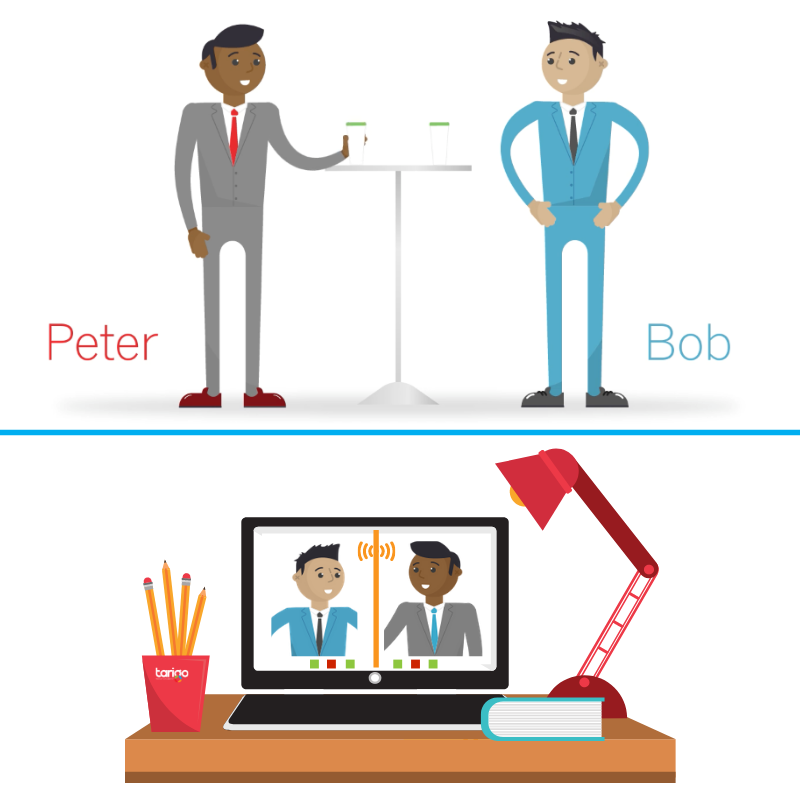
Connect with customers - virtual
Connecting with customers in a virtual world
Our customers are so important to us, as product managers. We need to be connected, in touch, and form great relationships with real customers!
The widespread shift to more people working from home has, in many ways, made this a lot easier for us. We’ve heard comments like It’s levelled the playing field, because we are all at home, not some of us at home and some of us in the office. For some of us, we can be more confident in our virtual environments, and we can share really early stage concepts (rough and ready), and get more accurate and honest feedback, as early as possible!
We should try our best to connect with customers in as many ways as possible. When was the last time you spoke to any of your customers? And, in what format was this done?
read more
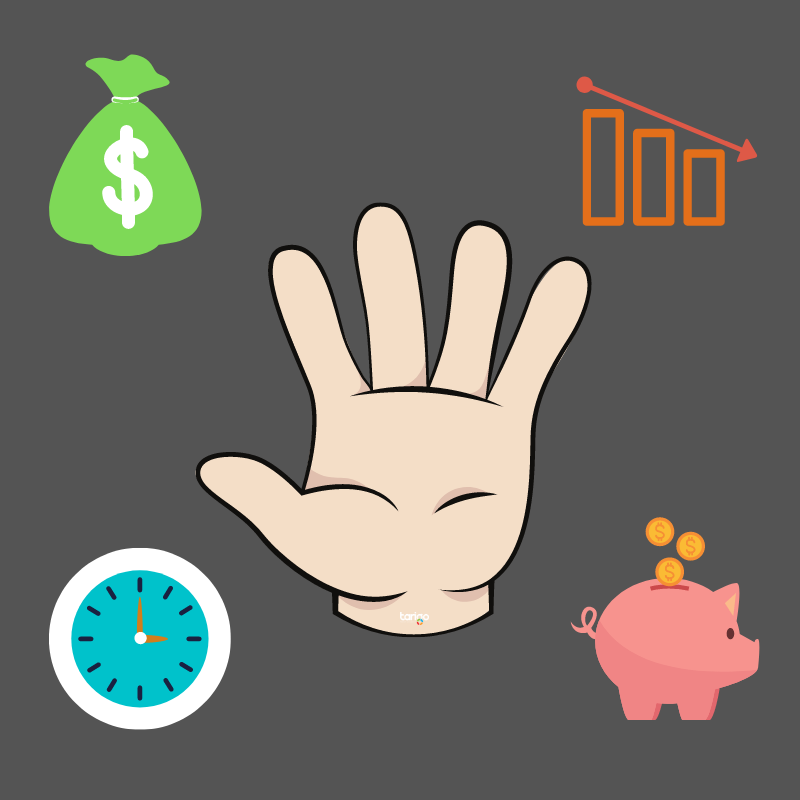
PALM Reading
PALM reading – how to quickly assess an idea
Got lots of product ideas to sift through? Try PALM reading:
Problem
– Does the new idea solve a problem for a group of customers?
Ability
– Do we have the capability to deliver the new idea?
Lasting
– Is the problem pervasive? Will it still be a problem in 12 months’ time?
Magnitude
– Does it have scale? Are there many customers with the same problem?
read more
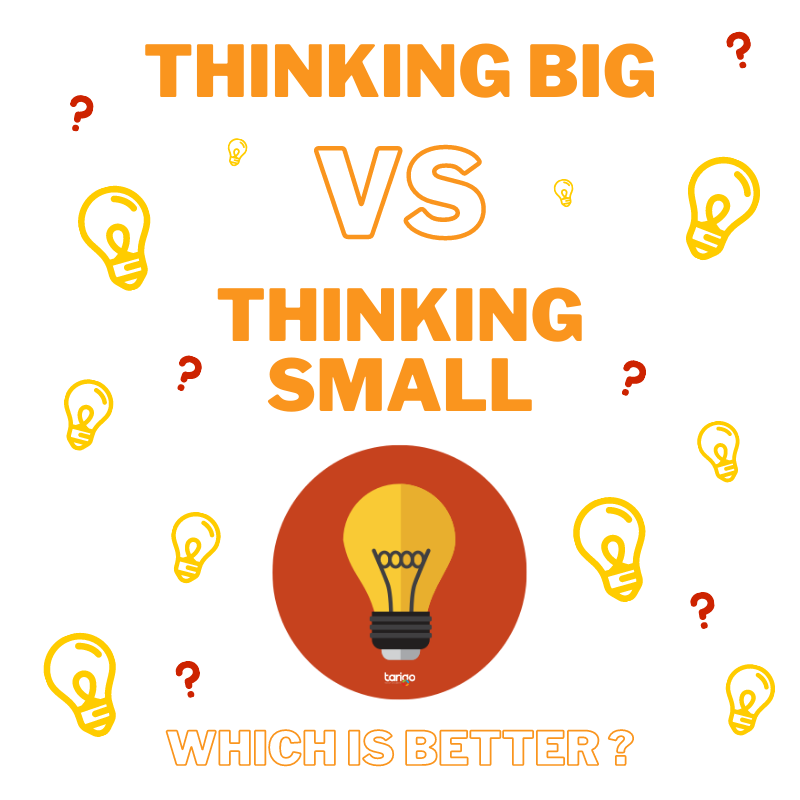
Big VS Small
Big business vs small business Product Management
We train product management in some of the biggest and smallest companies – In previous years one of our biggest clients employed over 4,000 people in product roles and our smallest had a product management team of one. So what’s the difference? What does product management look like at these extremes?
I’d characterise it like this; DOING VS GLUING. In a big team, the product manager has marketeers, pricing experts, launch managers, research teams, etc. Their job is to use those extensive resources to build out the perfect product. They GLUE. In a small team, the product manager doesn’t have that extensive team and need to figure out most things for themselves. They DO. The core discipline remains the same, the daily activity can look very different. When we train teams we pay attention to this - it's one of the ways we can be effective in very big and very small teams.
read more

Mega Trends are change
Mega trends are substantial changes that can impact any aspect of our business. Once upon a time the internet was a potential mega trend, out on the horizon, gathering strength. Some businesses saw it, built or modified their products to accommodate it, and rode the internet wave. Others weren’t so visionary and floundered as the world moved online.
How do we identify mega trends? product managers must constantly look for trends in four broad categories:
· Technology – today we see trends such as A.I or the Internet of Things gathering momentum.
· Social – think of trends such as the ageing population or urbanization
· Economic – the gig economy and peer-to-peer networks are relevant examples
· Political – trends could be border security or environmental controls.
So what mega trends present opportunity or risk to your product? Product Managers should be thinking about this regularly.
read more
Check out the Archive